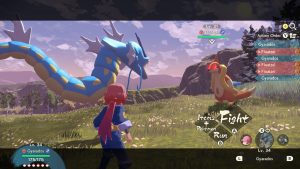Game Freak released not one but two Pokémon games this year. And not just that, but games specifically designed to be wide open, innovative takes on the formula. That led to certain problems due to development constraints, but it’s remarkable that the two games are not just feature complete – they’re good. The best the series has been in half a decade, and most people agree.
But here’s the question – which is better?
I won’t mince words when proclaiming both games are refreshing and needed steps in the evolution of the series, and I almost appreciate that there were two relatively different takes on the same “open-world Pokémon” concept. I wish that there had been more time between their releases, but two cakes are nicer than one, and proclaiming one to be better than the other doesn’t mean one is bad. However, in regards to Game Freak’s direction from here (they’re almost certainly already waist-deep in development on another game in the franchise), it would be good to scrutinize what each game did well so that Game Freak can either hybridize them into a magnificent, unrivaled experience – or at least figure out what the best way forward from here will be. So let’s compare.
Open-world design
Starting off with the big one. Scarlet and Violet are technically “true” open-world while Legends has wide open individual zones, but the appeal of both is similar – Pokémon in a wide open space, unencumbered by excessive linearity or constraint.
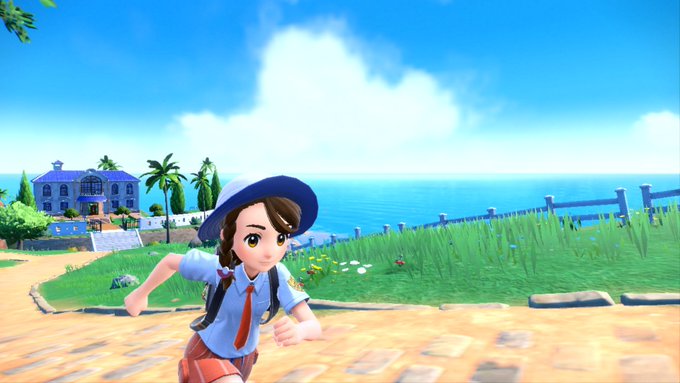
The first thing I have to remark is that I don’t usually like open-world games. This is because they tend to put the cart before the horse in terms of objectives. Instead of providing natural incentives to explore the world, they often fill it with busy work – “stuff to do” – that doesn’t actually utilize the space, scale, or design of the world in a thoughtful way. Both Pokémon games have cleared this most core of hurdles, thanks to the Pokémon themselves: you have natural incentive to explore nooks and crannies, to naturally discover what lies in the world, because you might find a Shiny or a nice move or who knows what just around the corner. That incentive is key.
While the truly congruous singular world in ScarVi is more impressive, the contained (and thus focused) environments in Legends are more engaging to actually work through. Not to mention that Legends offers a multitude of ways to actually interact with its environments – throwing berries for Pokémon to eat, collecting resources, all of it makes the player feel more a part of the world. In comparison, ScarVi has the same activities as basically all mainline Pokémon games, it just happens to be in a big environment. While the size of Paldea isn’t an inherent problem, if this is the direction the series is going in heading forward then they have to think of ways to diversify exploration incentives. And also to provide ways to keep track of where you’ve been.
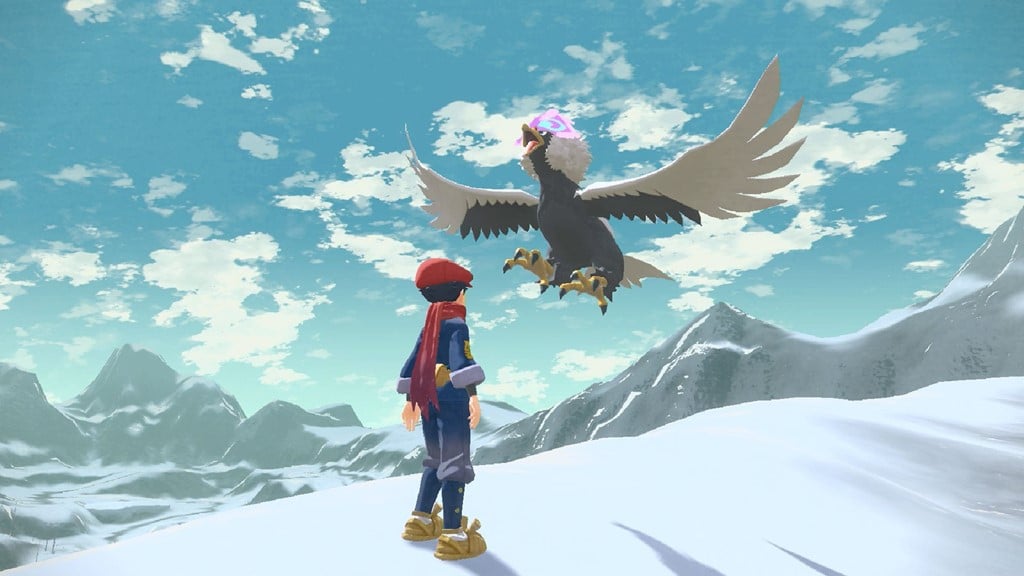
Edge: Legends
Character/Pokémon design
This is one of the respects in which the games are pretty equally matched. Legends has a lot less new Pokémon obviously, and all of them are based on previous entries. Scarlet/Violet not only has much more, but also original designs, as well as all new characters. (Several Legends designs are remixes of old Sinnoh designs). It is my (unpopular?) opinion that Pokémon designs have only gotten better as time goes on, and both games are exemplars.
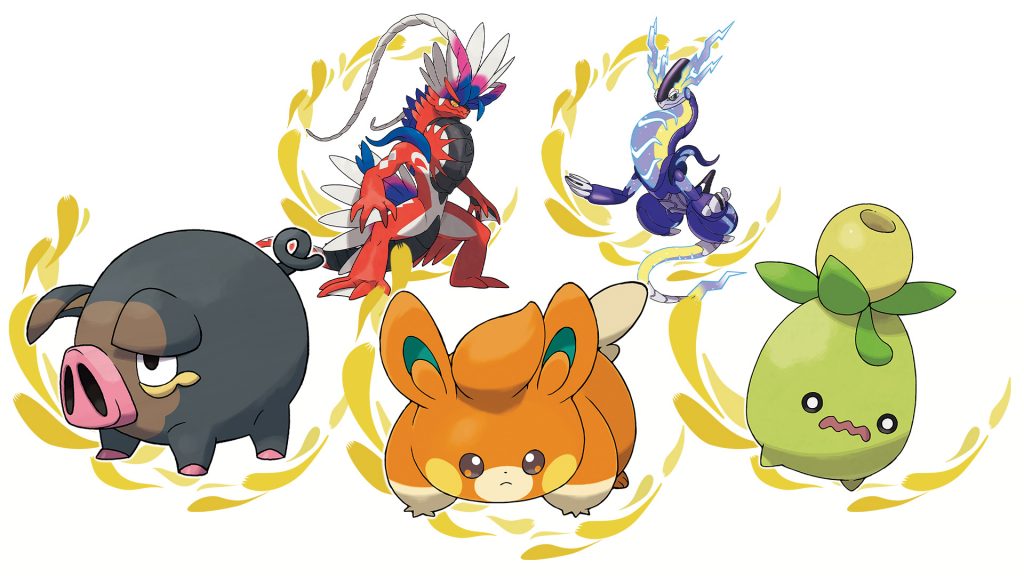
Edge: Scarlet/Violet
Storytelling
This one is a resounding victory for the less linear game. Legends’ plot was enjoyable and its characters were charming, but it was overall middle of the road and I’ve forgotten a good chunk of the details. In comparison, Scarlet and Violet not only have the best Pokémon plot since 2016 but managed to slot it perfectly into its design, taking the usual elements (taking on gyms to become champion, battling a team of baddies, uncovering mysteries and legends of the region) and compartmentalizing them throughout Paldea like a deconstructed sandwich.
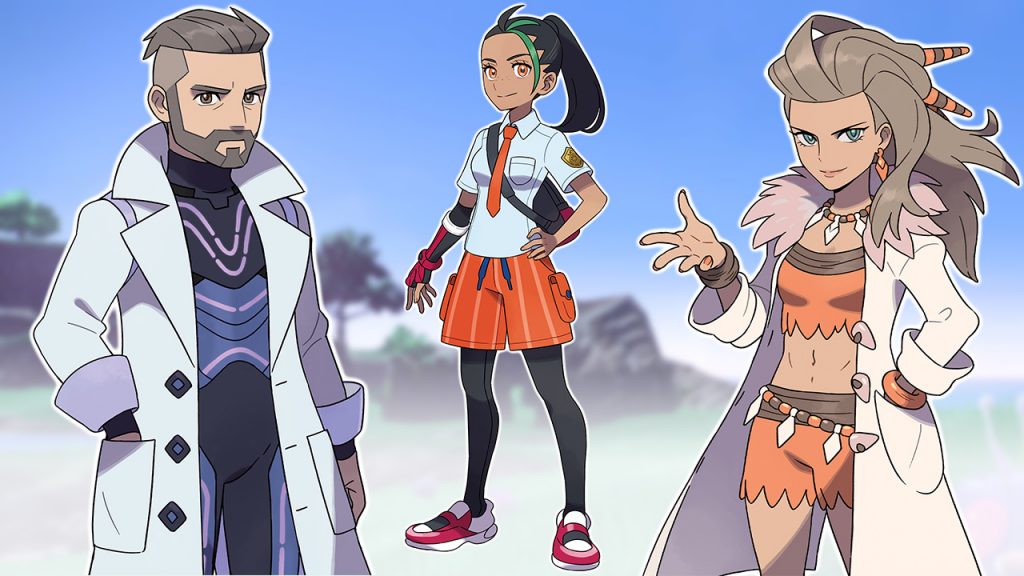
Not only that, the game features themes – themes! Revolving around the idea of “finding your treasure” and centering three excellent and rounded characters – Nemona, Penny, and Arden (who all have great chemistry as a friend group, it turns out) – it manages to be awe-inspiring, dramatic, and even touching. While not quite as tight-knit as Black/White or Sun/Moon, ScarVi provides a stunningly proficient story for a first stab at a true open-world game.
Edge: Scarlet/Violet
Difficulty curve
This is where true open world RPGs often struggle, and Scarlet/Violet was no exception. The ease with which you can end up overleveled and breezing through opponents depending on your route through Paldea is… let’s go with “unfortunate.” The experience share of the past couple gens exacerbates things. Legends isn’t super difficult or anything in comparison (Pokémon games shouldn’t be, really), but it has avenues for difficulty beyond sheer level – stealth, item management, and other factors that leave it just a bit more engaging.
Edge: Legends
Battle mechanics
This one is interesting. Scarlet/Violet is traditional Pokémon battling, with all of the intricacies therein, while Legends is more of a “lite” version with slight tweaks in the form of Strong/Agile style. The function add a simple but clever level of strategy that helps make up for the moves and effects missing from the game. Legends is less focused on battles in general and makes up for it in its other gameplay functions, so it doesn’t quite feel fair to declare a “winner” here.
Edge: Tie
Graphical fidelity
I legitimately do not care about this.
Edge: Whatever
Audio
This is a real “Breath of the Wild soundtrack vs. past Zelda soundtracks” situation. Legends’ olden style arrangements and songs are charming, but they don’t tend to stick out as much as they perhaps could. Meanwhile Scarlet/Violet has some of the best Pokémon tracks ever (the final fight theme of Starfall Street is insane), but it also has the Ed Sheeran jumpscare. “You win some, you lose some,” as they say. But I’ll give it to the one with the memorable tracks at least.
Edge: Scarlet/Violet
Performance/bug issues
Do we even need to say anything?
Edge: Legends
The bottom line
Rather than choosing one game or the other as foundations going forward, I think examining what each one did well from a piecemeal perspective and incorporating what works and what didn’t is going to be essential. Also, there’s a reasonable likelihood that Game Freak just keeps making Legends alongside “mainline” generational entries, and thus doesn’t mix them too much. But hopefully this illustrates what each one did well and what could be improved.
For my general thoughts on both games – I did genuinely like Legends just a bit more due to being more polished and tight-knit. If it had a story as good as Scarlet/Violet’s, I think it would be my easy favorite of the two, but as it stands they’re not super far apart. I hope that we can see refinements of both styles of games going forward, or even better – even new and more innovative takes on Pokémon game design in the future. Either way, they’re both good games, even if I wish Game Freak had spaced the time between them out a little more.
Either way, Pokémon will continue, whether or not internet thinkpieces or angry commenters have anything to say about it. Let’s hope it continues going in a forward direction.
Leave a Comment



